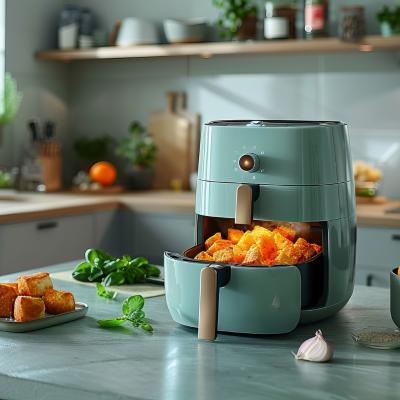
Microwaves are power-hungry appliances. They can pull huge amounts of power from the wall that you run the risk of breaking your outlet and other appliances connected on the same circuit. With that said, does a 1000-watt microwave need a dedicated circuit?
To be safe, a 1000-watt microwave does need a dedicated circuit. A microwave will draw around 17-18 amps from the circuit, which the standard 15-amp US outlets cannot provide. You will need a 20-amp circuit to plug your microwave in alone without tripping the circuit.
Although it is possible to run other appliances in the same circuit, you will need to be extremely mindful of not using them at the same time. You also need to make sure that the other appliances are also pulling the right number of amps before the circuit trips.
The things you need to consider when sharing a 1000-watt microwave circuit with other electrical items in the house can be too complex, so it’s safer to simply have a dedicated circuit for your microwave.
How Many Amps Will You Need for the Circuit?
To mathematically answer this question, we need to know your microwave’s wattage input. No, not the 1000-watt rated power output, but rather its power input. This number is often higher than the wattage that you’ll know about your microwave; the extra power drawn is used up by the conversion from electrical power to electromagnetic waves.
The easiest and correct way to know this is to check your microwave. This information is usually readily available on a sticker behind your microwave. Otherwise, we can guesstimate this number by assuming your microwave’s efficiency, which is usually around 60% to 70%.
A 1000-watt microwave that is 60% efficient would draw 1666 watts from the wall. Divide this by the standard outlet voltage (120V), and we get around 14 amps. This means that most 15-amp circuits can be used to use your microwave.
However, since there’s very little amperage available after having your microwave, you will need to dedicate that circuit to your microwave alone. Adding more will run you the risk of tripping your breaker, which can be unsafe for you and your microwave.
Additionally, the National Energy Code requires that any appliance can only pull 80% of the circuit’s rated load. That means that your outlet must be able to support more than 1666 watts to be NEC-compliant.
Considering that, we need our circuit to support at least 2100 watts or 17.5 amps. You will then need to wire a higher 20-amp circuit to meet NEC regulations and to be completely safe from possible electrical issues.
Conclusion
1000-watt microwaves release a lot of power to cook your food, but it takes even more from the wall to release that much power. You do need a dedicated circuit to use your microwave before your breaker trips from the electrical load you’re putting in. The standard 15-amp circuit is strictly sufficient for a microwave’s dedicated circuit. However, to be NEC-compliant, you will need to upgrade to 20-amp circuits for your microwave.



